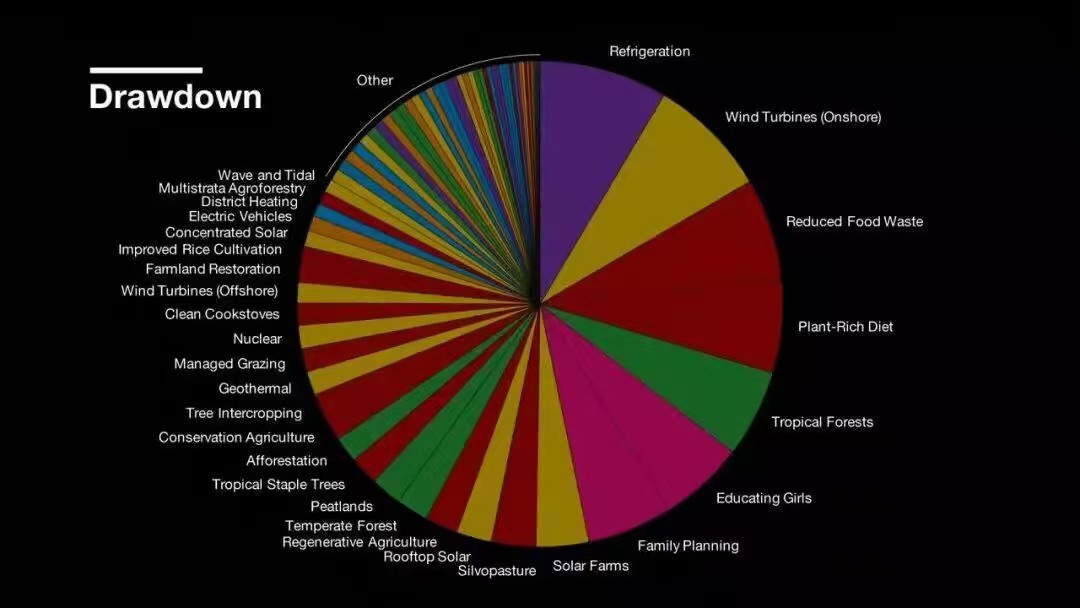小组成员:张怡婷、郑乔鸿、饶佳欣、程小英
小组分工:集中讨论,共同完成
Introduction
In the face of global climate change, countries around the world are confronted with similar challenges. China, as a developing country, has taken numerous measures to address this issue, such as drawdown——energy conservation and emission reduction. These measures are equally applicable to Mexico, also being a developing country. Despite their differences, both China and Mexico share a common goal in combating climate change and ensuring a sustainable future.
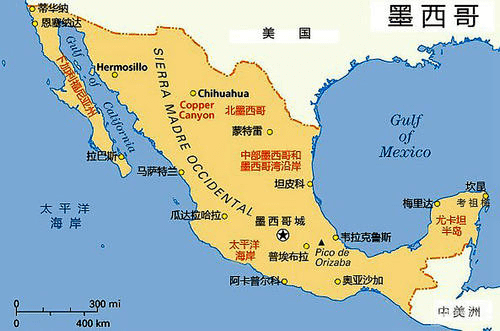
Why the measures adapted to China can also be applicable to Mexico.
- Similarities in Economic Structure: Both China and Mexico are developing countries. They have similar economic structures, with a high reliance on energy-intensive industries such as manufacturing and transportation. Implementing energy-saving measures and transitioning to clean energy sources can reduce production costs and increase competitiveness.
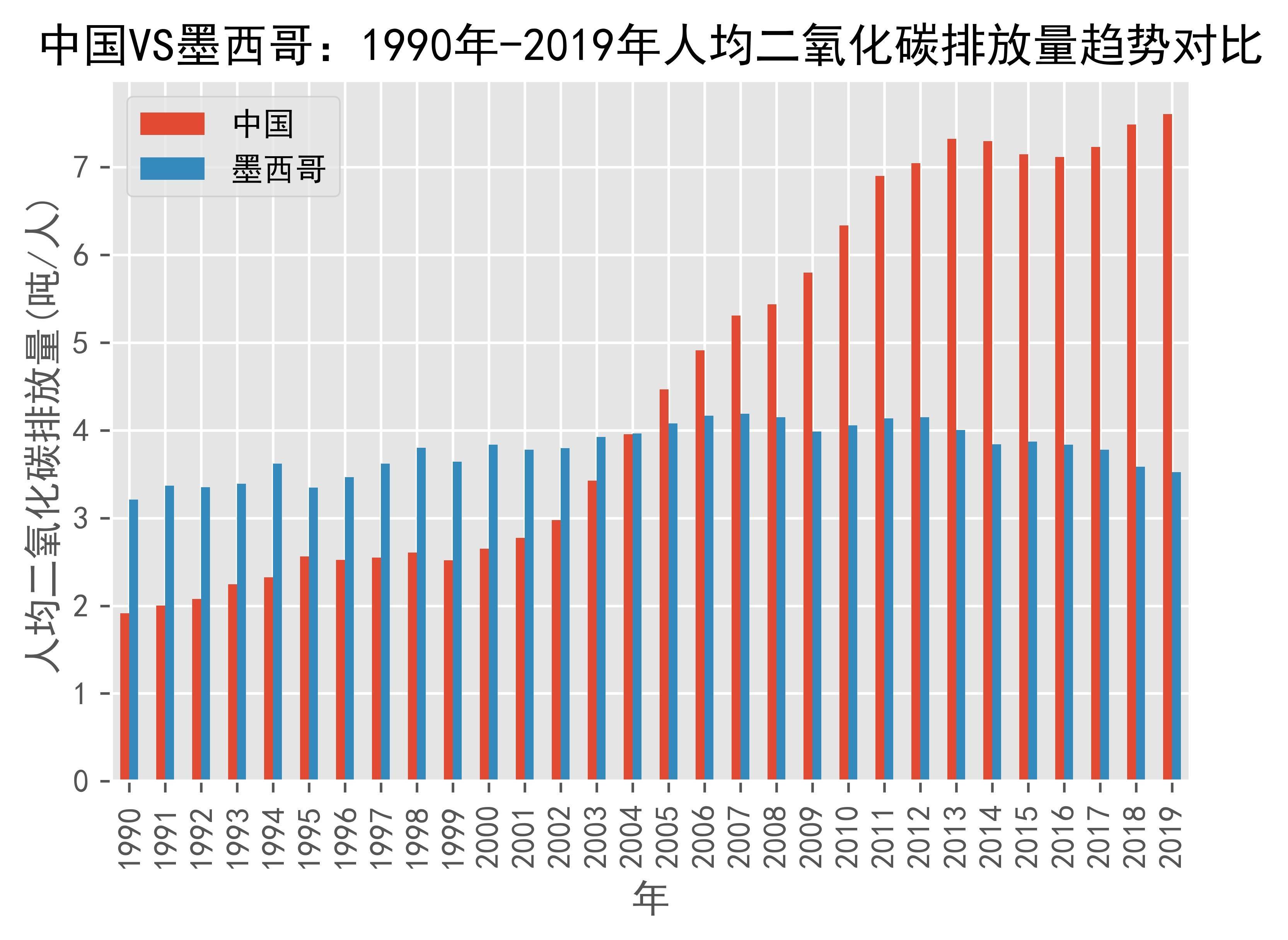
- Shared Environmental Concerns: Both China and Mexico face significant environmental challenges, including high levels of air and water pollution, loss of biodiversity, and climate change. Implementing energy-saving measures and reducing emissions can help address these issues and improve the quality of life for citizen.
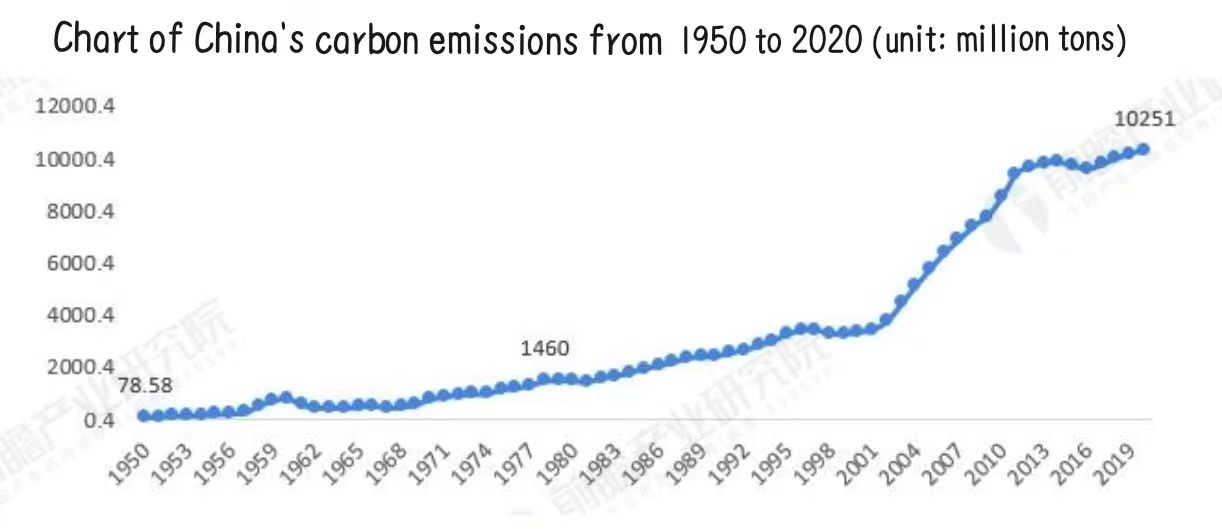
- International Pressures: Both China and Mexico are signatories to the Paris Agreement, which aims to limit global temperature increase to well below 2°C above pre-industrial levels and to pursue efforts to limit the increase to 1.5 °C. As such, both countries are under pressure to reduce their greenhouse gas emissions.
- Technological Advancements: China has invested heavily in clean energy technologies in recent years, including renewable energy sources such as wind and solar power. The knowledge and experience gained from these investments could be applied to Mexico, which also has significant potential for clean energy generation.
- Policy Transfer and Learning: China has implemented various policies and regulations to promote energy efficiency and emissions reduction, such as energy pricing reforms, strict emission standards, and financial incentives for clean energy projects. Mexico can learn from China’s experiences and adapt similar policies to accelerate its own energy transition.
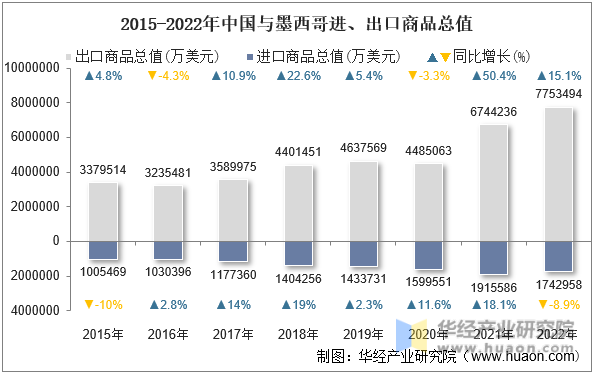
- Energy Security: Both China and Mexico face energy security challenges due to their significant reliance on fossil fuel imports. By prioritizing energy efficiency and diversifying their energy sources towards renewables, Mexico can enhance its energy security and reduce dependence on external energy suppliers.

- Urbanization and Sustainable Cities: China and Mexico are experiencing rapid urbanization, resulting in increased energy demand and environmental pressures. Sustainable city planning, energy-efficient buildings, and efficient transportation systems can help Mexico balance urban development with environmental sustainability.
- International Collaboration: China and Mexico actively collaborate on environmental issues through agreements such as the China-Mexico Environmental Cooperation Plan. By sharing best practices and collaborating on clean energy projects, both countries can leverage each other’s expertise and capabilities to accelerate their energy transition efforts.
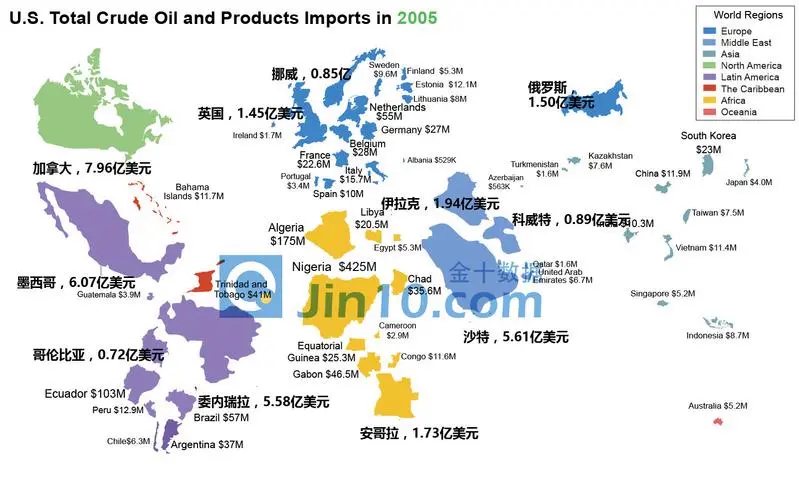
How to apply the measures to Mexico.
- Replace existing fossil fuel-based energy generation with clean, renewable sources: Mexico can learn from China’s approach of setting clear targets for drawdown. China has established targets for renewable energy installation and strives to increase the share of renewables in its energy mix. By setting similar targets, Mexico can drive investment in clean energy projects and provide a clear roadmap for its energy transition. The government can provide support for technological innovation and R&D, fund basic research and development of new energy and clean technologies, to promote the popularization and application of new energy and clean technologies and to accelerate the development of environmental protection and energy-saving industries.
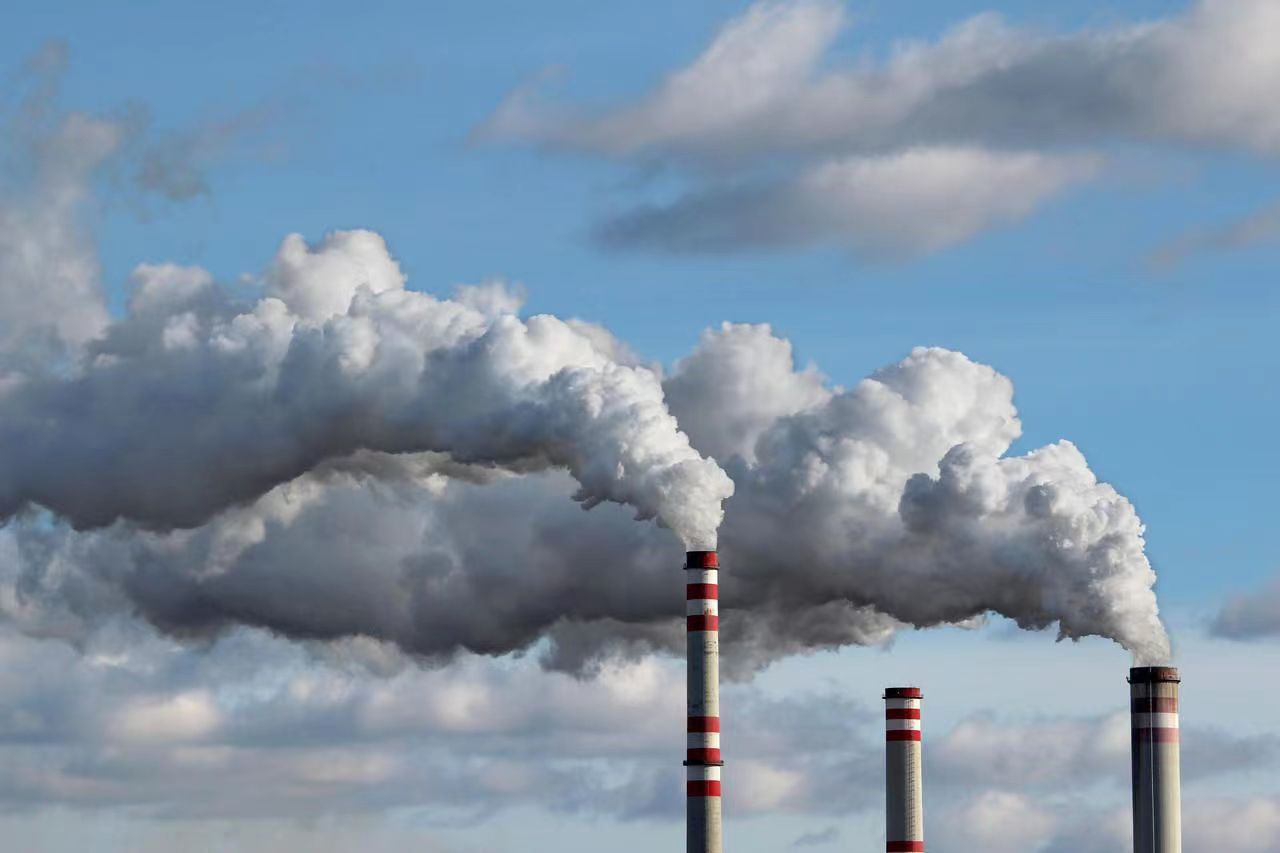
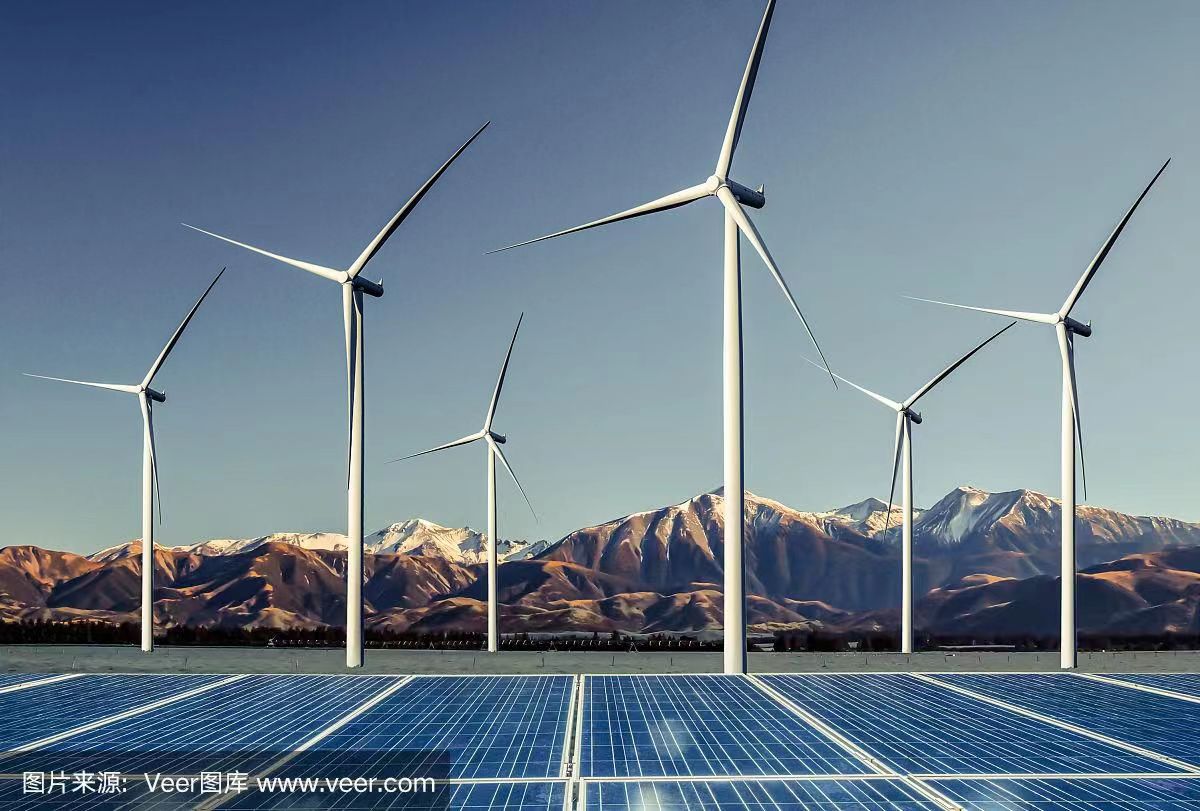
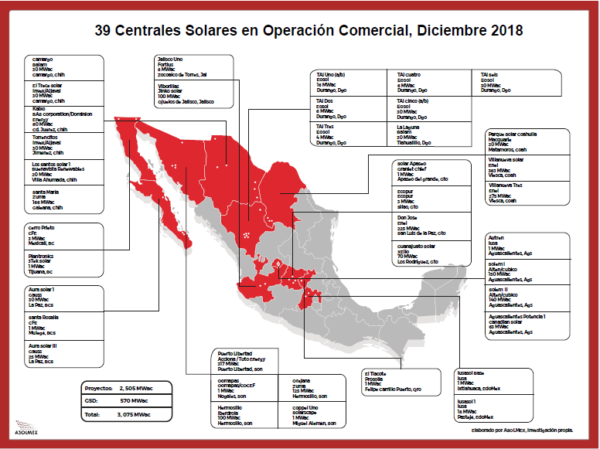
- Reduce consumption through technological efficiency and behaviour change: It’s not just how we produce food, but what we consume that has a massive impact on global warming. Operation Disc is a good example. Whether it is China or Mexico, the rejection of food waste is an important means to deal with energy conservation and emission reduction. When we go to a restaurant to entertain guests or friends, we should do what we can to order food. A plant-rich diet is not a vegan or a vegetarian diet. It’s a healthy diet in terms of how much we consume, and particularly how much meat is consumed. Thus a plant-rich diet becomes one of the most effective solutions to reversing global warming. Moreover, approximately a third of all food produced is not eaten, and wasted food emits an astounding eight percent of global greenhouse gases. We need to look where across the supply chain these losses and wastage occur. The government can strengthen public awareness and understanding of environmental and energy saving issues through publicity, social media and other channels, and promote ecological civilisation concepts and low-carbon lifestyles.
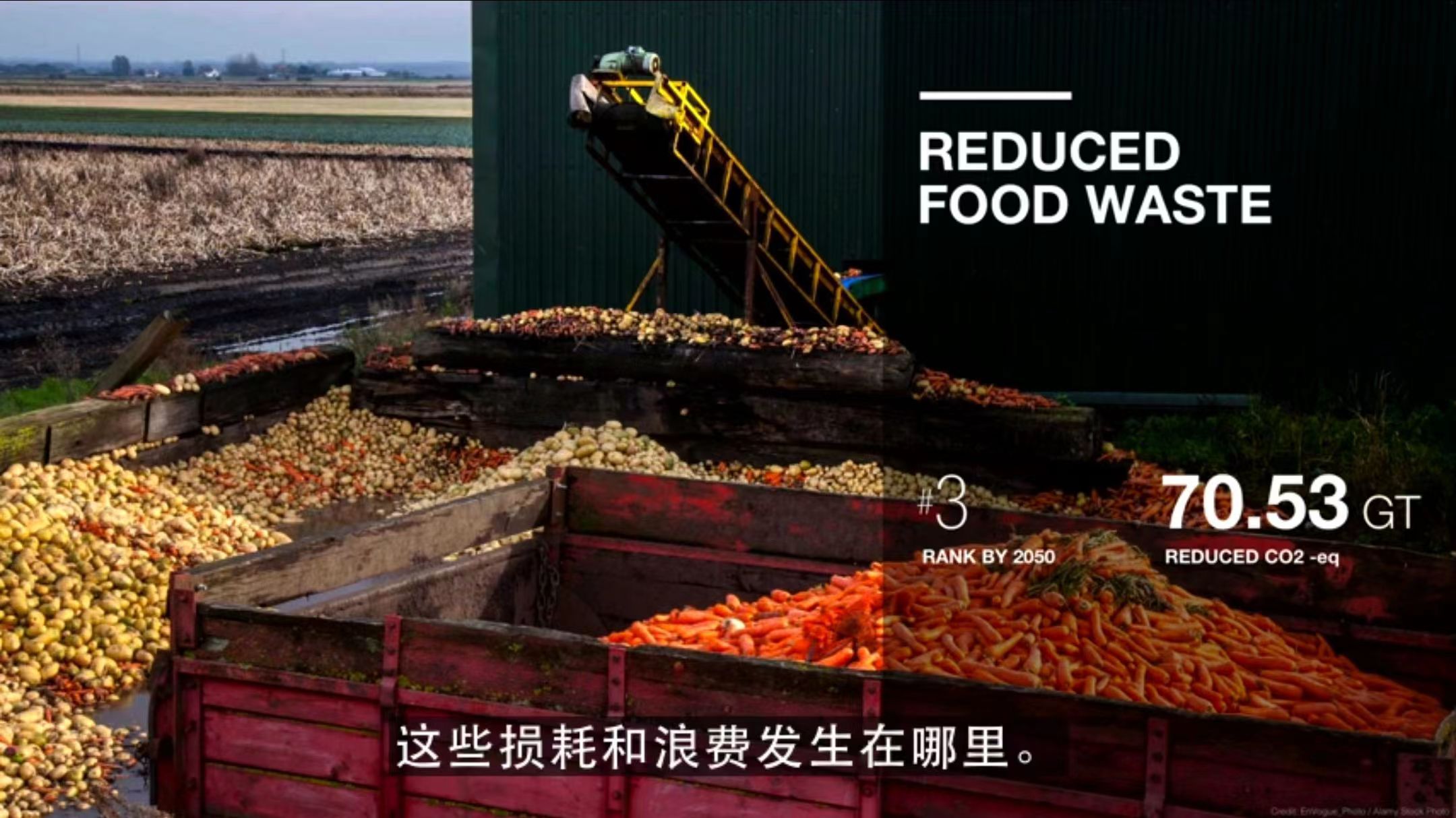

- Biosequester carbon in our plants’ biomass and soil: And how we manage land is also very important. Protecting forests and wetlands safeguards, expands and creates new carbon sinks that directly draw down carbon. Protecting currently degraded land in the tropics and allowing natural regeneration to occur is one of the solutions to reversing global warming. We can think of trees as giant sticks of carbon. This is drawdown in action every year, as carbon is removed from the atmosphere through photosynthesis, which converts carbon dioxide to plants’ biomass and soil organic carbon.
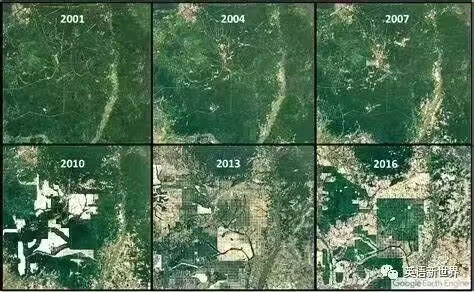
Video: 100种解决全球变暖的方法_哔哩哔哩_bilibili
